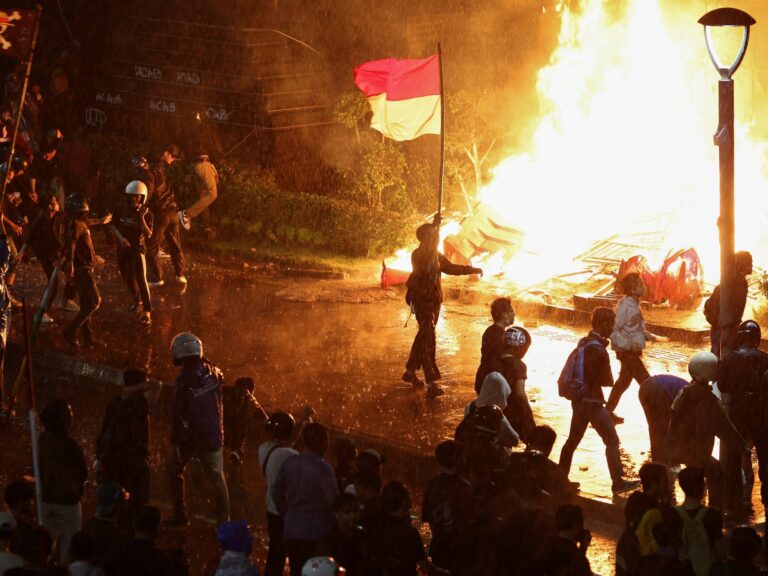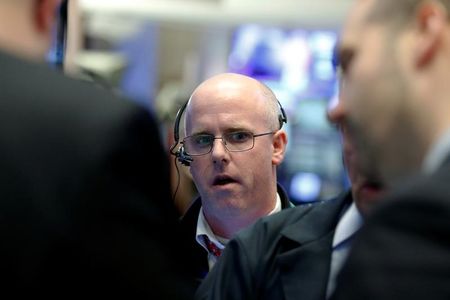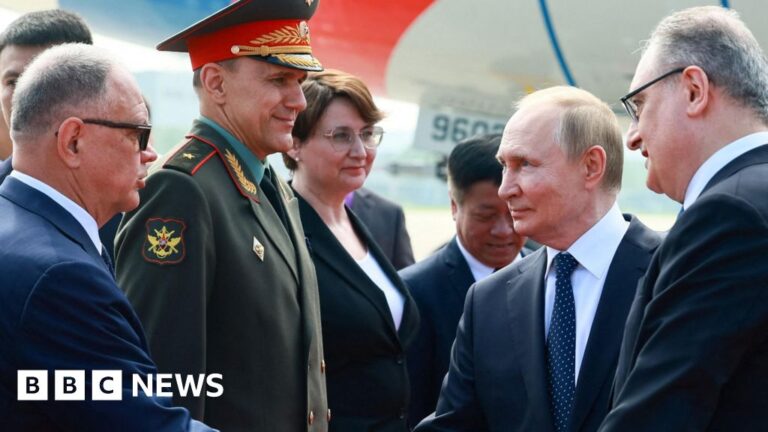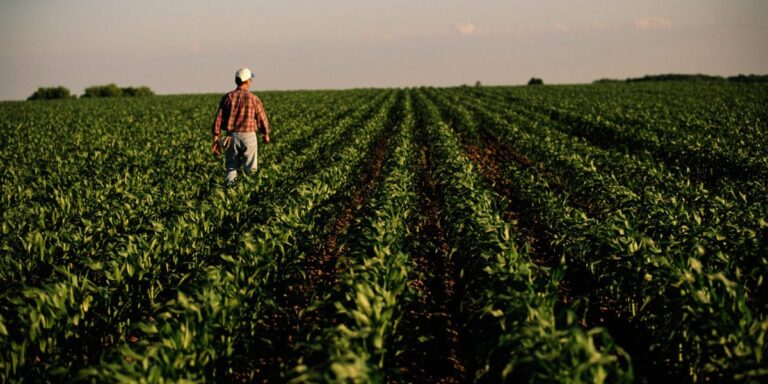Tougher than steel, lighter than cotton, and stubbornly elusive to produce. For decades, spider silk has been the material science has long promised but never quite delivered at scale. Now, a Michigan biotech company claims it has cracked the code by turning the familiar silkworm into living factories for one of nature’s most desirable fibers. The question is whether this is the long-awaited spider silk breakthrough that will spin its way from the lab bench to the marketplace.
In early 2025, Kraig Biocraft Laboratories announced a record-breaking achievement: while it may not have been the first time spider silk protein genes have been introduced into the DNA of silkworms, the company claims to have successfully inserted the largest spider silk gene ever. The gene – sourced from Darwin’s bark spider, an orb-weaver whose silk ranks among the toughest natural fibers known – is nearly twice the size of any previous attempt, marking a significant milestone.
What makes Darwin’s silk so extraordinary is its molecular architecture – a blend of crystalline beta-sheet structures that provide strength and amorphous, spring-like domains that add elasticity. It’s stronger than steel by weight, yet can stretch more than a third beyond its original length without breaking. That’s the genetic recipe Kraig’s team is now trying to harness.
Their breakthrough lies in transferring those spider silk genes directly into silkworms. Using advanced transgenesis techniques, scientists spliced multiple spider silk genes into the insect’s genome, prompting its silk glands to produce spider silk proteins alongside their native fibroin.
As the silkworm spins its cocoon, the proteins align into fibers with the same molecular motifs that make spider silk so tough. By inserting spider silk DNA directly into the silkworm, the company has created hybrid cocoons composed of up to 90% spider silk protein.
It’s a leap forward that could sidestep the scaling bottlenecks that throttled earlier efforts. Earlier methods, such as producing silk proteins in bacteria and yeast, required complex purification and artificial spinning processes to create usable fibers. Those approaches yielded small amounts of material for niche applications but struggled to scale.
In contrast to artificial processes, transgenic silkworms handle both protein production and fiber spinning naturally. This would effectively reduce production costs to a fraction of fermentation-based methods. The added bonus: silkworm-based silk is biodegradable, avoiding the long-term pollution burden of petroleum-derived synthetics.
The potential applications are wide-ranging. Medical researchers have long eyed spider silk for biodegradable sutures, artificial ligaments, and scaffolding for tissue repair, thanks to its strength, flexibility, and biocompatibility. Defense contractors imagine lightweight, bullet-resistant fabrics that could complement Kevlar. In the apparel industry, designers see the possibility of high-performance, fully biodegradable textiles – a rare intersection of luxury feel and environmental responsibility.
Kraig projects it could produce up to 10 metric tons of spider silk annually at its new facility in Vietnam, a volume that would allow textile manufacturers to run real-world production trials. This scale is critical to achieve consistent manufacturing.
Still, hurdles remain. Even with transgenic silkworms, maintaining uniform fiber quality across millions of cocoons is a massive logistical challenge. Cost competitiveness will depend on how reliably those silkworms produce high-purity silk, and whether processing it into finished goods can be done without compromising its unique mechanical properties. And there’s the larger question: will manufacturers take the risk of retooling for a novel material whose long-term supply chain has yet to be proven?
These are the same challenges that have tripped up spider silk ventures in the past. Germany’s AMSilk, for example, uses bacterial fermentation to create spider-silk-like biopolymers already tested in Adidas sneakers and medical coatings. Earlier experiments – like Nexia Biotechnologies’ famous “spider goats” – drew headlines but ultimately collapsed under economic pressure. The difference this time, Kraig argues, is that silkworm farming already has a global supply chain and established infrastructure, making it easier to integrate genetically engineered production without starting from scratch.
That infrastructure could prove an advantage, but outside observers caution that the road from the lab to commercial reality is rarely straightforward. Many early-stage spider silk efforts first find footholds in small biomedical products rather than mass-market textiles, where scaling remains the primary bottleneck. Spider silk’s mystique has outpaced its commercial track record for decades, and some of the boldest claims have fizzled under real-world conditions.
Nevertheless, the company’s genetic leap with Darwin’s bark spider DNA represents a significant and noteworthy milestone. If these cocoons can withstand the rigorous testing of mass production and market adoption, spider silk may transition from a subject of scientific interest, to a material used in daily life.
Source: Kraig Biocraft Laboratories












